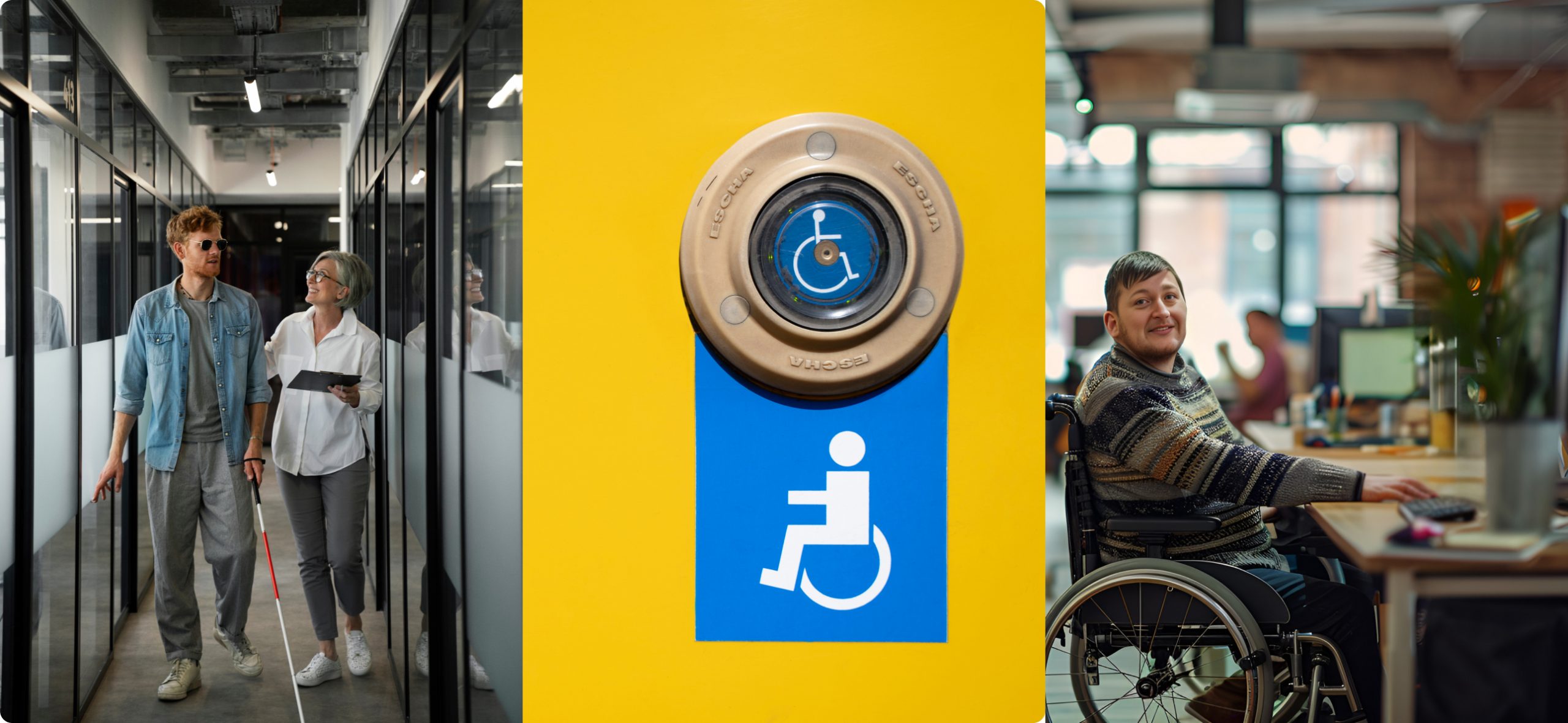Building a More Inclusive World: Global Accessibility Awareness Day
Building a More Inclusive World: Global Accessibility Awareness Day

Global Accessibility Awareness Day
Global Accessibility Awareness Day is observed on May 16, 2024, which also marks the 13th annual celebration, and the purpose of GAAD is to get everyone talking, thinking, and learning about digital access and inclusion. There have been tremendous efforts taken to improve physical accessibility, including wheelchair ramps, designated parking, and crosswalk auditory signals for the visually impaired. GAAD, which originated in 2012, occurs on the third Thursday of May each year with the aim of encouraging developers, designers, and other digital creators to consider and implement accessibility features in websites, software, videos, and mobile applications.
Despite the progress in many aspects, there is still a lot more to be done across digital spaces. GAAD serves as a reminder of this ongoing mission towards accessibility, emphasising the need to continue moving forward for a more accessible world for people with disabilities.
As we navigate through the apps, documents, and website, GAAD prompts us to ask questions on the below lines:
- How can we ensure digital platforms are accessible for everyone?
- How effectively can our digital campaigns be interacted with by people with disabilities?
- How inclusive do our design practices cater to a diverse range of physical and cognitive requirements?
Infotel India website is developed with a focus on accessibility, choosing the right CMS, implementing descriptive Alt Text for images, employing legible fonts for easy reading, ensuring contrast-rich colour schemes, and structuring blog posts with clear hierarchical headings.
By prioritizing accessibility in our website design, we aim to create an inclusive online environment where everyone can participate and benefit from the resources and services we offer.
History of Global Accessibility Awareness Day
GAAD was founded in 2012 by accessibility professional Jennison Asuncion and web developer Joe Devon.
Their aim was to dedicate a day to encourage developers, designers, and other stakeholders to focus on the importance of making websites and mobile applications accessible to individuals with disabilities. Since then, GAAD has been observed annually on the third Thursday of May.
Why is Digital Accessibility Essential?
As per Gartner’s report in 2020, it states that following digital accessibility gives a competitive advantage to organisations around the world. GAAD is formed to encourage organisations to embrace inclusive digital practices. By ensuring websites and online tools are accessible to everyone, businesses not only widen their customer base but also enhance their brand identity and improve the user experience.
An accessible digital product brings a positive return on investment that exceeds the cost of implementation, thus helping businesses in a big way.
- Digital accessibility is essential to reaching a wider audience and improving your website traffic.
- Developing websites and mobile applications with accessibility makes them more user-friendly for everyone
- Improves the organisation’s brand image and achieves one of the initiatives of CSR (Corporate Social Responsibility) which is even more important.

Different Web Accessibility Barriers and Solutions
1.Ambiguous Conjunction
Problem: The visually impaired users use screen readers to access web content. Links are an important feature on a webpage that helps the user navigate content while they search for specific content.
The screen reader software detects the linked text without understanding the surrounding text. If the website fails to provide the right information for the link given, it might mislead the user without understanding the context.
Solution: Ensure the link text describes the purpose or function of the page; do not use any irrelevant anchor text. Use descriptive link text that is simple and easy to understand by the users.
2.Inaccessible Forms
Problem: Forms with improper labels, empty links, or without validation messages can mislead users relying on assistive technologies. This is a barrier for users who use assistive technology to navigate and complete forms.
Solution: Ensure the contact forms are labelled to make them more accessible to the user. This enables the screen readers to read and transmit the needed information and includes clear text for the buttons and Captcha, to let users know what to read once they complete the form.
3.Usage of Alt Txt for Images
As per the latest WebAIM Million report, an evaluation of the accessibility of the top million website homepages occurred. It revealed that 98.1% of homepages with at least one Web Content Accessibility Guidelines (WCAG) 2.0 failure, a standard recognised and adopted globally.
Problem: Most of the websites have inappropriate or missing alt text.
Solution: Include alt text for the images that display visual content to help users understand the content better. Ensure to keep your alt keywords short, descriptive, and relevant.
Importance of RGAA
The RGAA, or General Accessibility Reference for Administrations, addresses a wide range of diverse needs, including vision related, hearing-related, mobility-related, cognition-related, people with learning disabilities, and ageing-related.
The RGAA legislation is mandated for companies in France with annual revenues exceeding €250 million to meet accessibility standards for websites, mobile apps, and online services. At Infotel, we thoroughly understand the disability policy and recognise the importance of developing a website that meets the requirements of the RGAA digital accessibility standard. Infotel Group has achieved level 1 compliance with the RGAA for designing and developing its site.
FAQs
1.What is the theme of Global Accessibility Awareness Day for 2024?
Accessibility for Everyone is the theme of Global Accessibility Awareness Day 2024.
2.What is the purpose of GAAD?
GAAD was established to raise awareness among professionals—developers, designers, and other stakeholders to raise awareness on the need for accessible and inclusive digital content for individuals with disabilities.
3.How can businesses support GAAD?
Organisations can support GAAD by developing websites that meets the requirements of the RGAA digital accessibility standard, training the staff on accessibility best practices, and promoting the awareness on importance of digital inclusion within and outside the organisation.

 Infotel, là où vous êtes
Infotel, là où vous êtes

